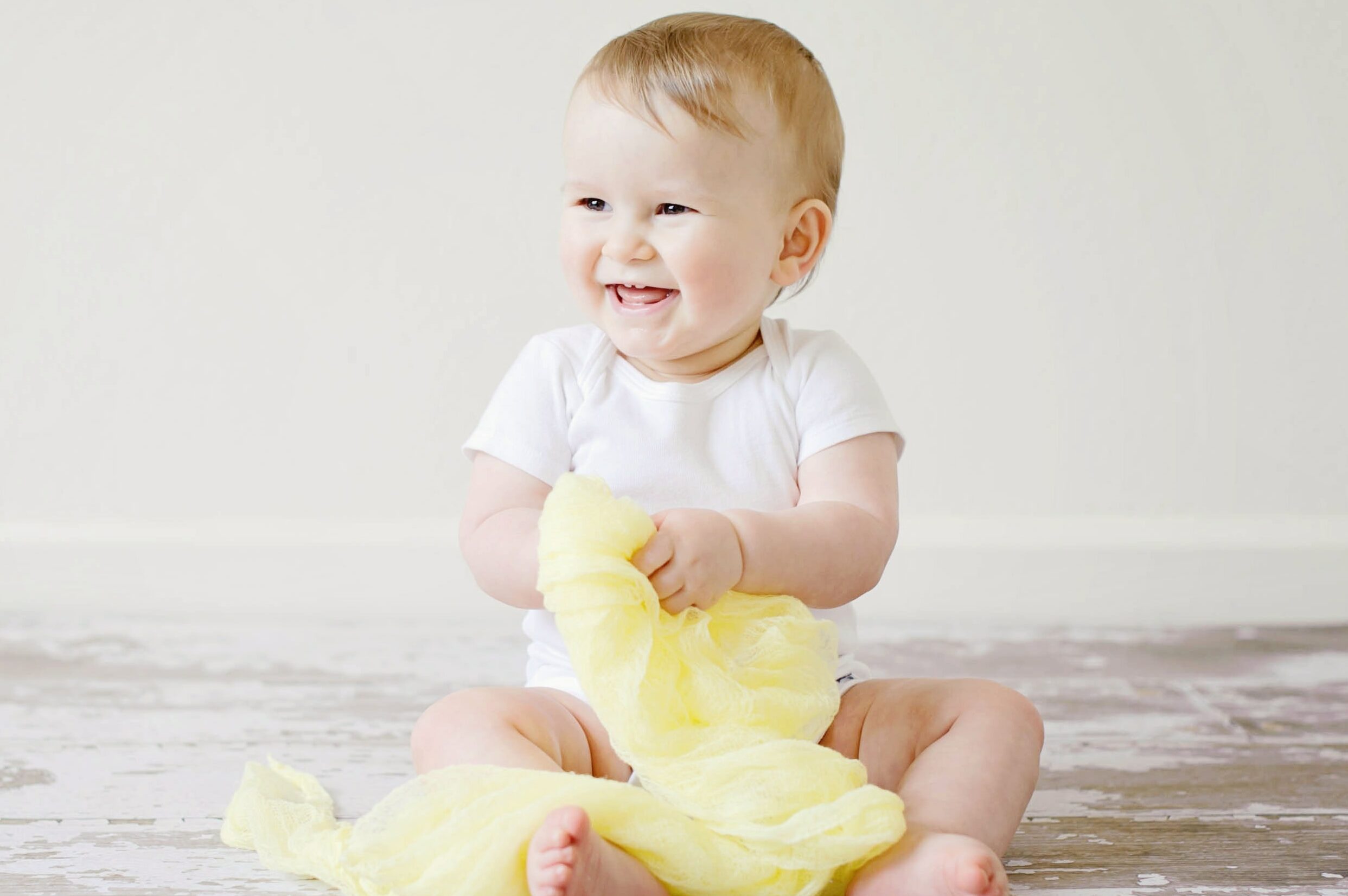Eczema rashes can appear anywhere on the body. However, when there is Eczema on the face, it can be particularly irritating, painful, and itchy. This is because facial skin is particularly delicate. The rash is often red, dry, and flaky, but it can sometimes blister.
Eczema on the face can occur alone or in conjunction with other types of eczema on the body. And although some people experience it on an ad hoc basis, others deal with it on a more regular level.
This page discusses the various types and causes of Eczema on the face, as well as the diagnosis and treatment of the condition.

What causes Eczema on the face?
The American Academy of Dermatology (AAD) reports that healthcare experts are unsure of the specific etiology of eczema. However, a few factors appear to contribute to its growth. These factors include the following:
Eczema in the family: If a family member has it, you may be predisposed to have it as well.
Asthma or allergy diagnosis: Eczema is more likely to occur if you have asthma or allergies.
Your current location: Eczema is more prevalent in persons who live in the Northern Hemisphere, urban areas, or polluted locations.
Your chronological age: Eczema is more common among infants and small children, particularly face eczema. Numerous youngsters eventually outgrow the disorder. However, eczema can persist into adulthood and afflict individuals of various ages.
Triggers
Your facial skin is particularly fragile. As a result, it is more prone to inflammation. According to the National Eczema Association (NEA), some common triggers for eczema flare-ups include the following:
Irritants and allergens in the environment: These are substances and chemicals that come into touch with your skin. They include substances found in soaps, shampoos, and cleaning goods, as well as scents, cigarette smoke, metal contact, and fabric colors. Mold, pet dander, dust, and pollen are all common allergens (substances that produce an allergic reaction).
Food allergens: Certain foods cause some people to develop an eczema rash. Nuts, seafood, milk, and eggs are all common trigger foods.
Stress: Researchers are still unsure why stress can trigger eczema. However, minimizing stress to the greatest extent feasible may help decrease flare-ups.
Outside temperature: For many people, hot weather appears to trigger the development of eczema. Dry winter air, on the other hand, can act as a trigger.
Hormone fluctuations: Specifically, the rise and fall of estrogen or progesterone may contribute to eczema flares.
When dealing with Eczema on the face, pay close attention to anything that comes into contact with your skin. Sensitivity to cosmetics, facial masks, toners, cleansers, and other facial preparations may induce eczema.
Eczema on the face symptoms
Eczema is not diagnosed with a specific test. Rather than that, your healthcare practitioner will inspect your skin and analyze your symptoms and medical history.
Patch testing, a skin scraping/KOH test, or a skin biopsy may be performed if necessary to aid in the diagnosis. Understanding Eczema on face symptoms and the type of eczema you have will assist your healthcare professional in prescribing the appropriate medication.
Eczema can occasionally be mistaken for the following conditions:
Rosacea: This skin ailment also produces cheeks and chin redness and bumpiness. The primary distinction is that rosacea is not always irritating.
Xerosis: More frequently referred to as dry skin, xerosis is characterized by flaking and, sometimes, redness and irritation. Itching is present, but not as strong as with eczema. Additionally, unlike eczema, it improves rapidly with the consistent application of moisturizing lotions.
While acne causes redness, bumpiness, and is frequently uncomfortable, it is distinguished from eczema by the emergence of a pimple.
How to get rid of eczema on the face?
Eczema on the face treatment
Although there is no cure for eczema, there are numerous treatment options available to help control the problem. Having said that, keep in mind the sensitivity of facial skin when deciding on the finest therapy.
If your eczema is moderate, you may be able to control it with proper skincare and continuous moisturization. However, drugs are frequently required.
Dermatological Care for Eczema on the face
The most critical component of treating Eczema on the face is taking good, careful care of your skin. Utilize solely fragrance-free and hypoallergenic cosmetics (that is, are less likely to trigger allergies). Keep the following points in mind:
Utilize a mild cleanser: Soap can be abrasive and drying to the skin, aggravating eczema. Consider a gentle, non-soap cleanser instead.
Face wash with lukewarm water: In some people, hot baths might function as a trigger for eczema. To minimize the danger of heat-related flare-ups, wash your face with lukewarm water.
Maintain hydration of your skin: It is critical to keep your skin hydrated if you have eczema. Creams and ointments will provide the most hydration to your skin. Additionally, search for products that contain emollient compounds like ceramides. Additionally, ensure that they are dye- and fragrance-free to minimize your risk of discomfort.
Bear in mind the sun: If the sun is a trigger for your flares, you should probably apply sunscreen. By and large, sensitive skin is more tolerant of products containing zinc oxide or titanium dioxide. When you’re no longer exposed to the sun, wash your face and apply moisturizer. While sunscreens are beneficial, they can be drying to the skin.
Look for cosmetics that contain moisturizing agents: While having facial eczema does not preclude you from wearing cosmetics, not all products are created equal. Choose those that have moisturizing nutrients such as hyaluronic acid and shea butter. Avoid parabens (a class of preservatives), salicylic and glycolic acids, perfumes, and retinol, as these substances might aggravate irritation.

How to treat Eczema on the face?
Eczema on face treatment
Baby eczema, most commonly Eczema on the face, is most noticeable on an infant’s cheeks, forehead, and scalp during the first few months of life, and frequently causes the skin to appear redder and “weepy” than at other ages.
Eczema can also manifest itself in other areas of the body, including the diaper area.
Eczema normally occurs when the newborn begins to crawl, between the ages of 6 and 12 months. It typically affects the elbows and knees, which rub against the ground. Eczema can develop infectious, resulting in a yellowish crust or small pustules.
Eczema may emerge on the inside of the elbows and behind the knees, as well as on the wrists, ankles, and hands, around the child’s second birthday. Additionally, it may manifest itself around the mouth and eyelids in the form of Eczema on the face.
Baby eczema on face treatment
There is no cure for baby eczema on the face, however, the condition typically improves over time.
The treatment focuses on preventing flare-ups and minimizing Eczema on the face.
Doctors advise parents of infants with eczema on the face or eczema rash on the baby’s face to employ the following strategies.
Eczema rash on baby face treatment
- Avoid long, hot baths for your infant (instead, use cool or lukewarm water) and excessive rubbing of your baby’s skin, especially with abrasive washcloths, loofahs, or towels.
- Regularly moisturize your baby’s skin with fragrance- and dye-free ointments, creams, and lotions, especially after bathing.
- Dress your infant in nice, breathable cotton garments.
- Substitute unscented goods with scented ones.
- Keep your baby’s fingernails short to avoid scratching, which can cause skin damage and subsequent inflammation and illness.
- Eliminate as many irritants and known allergies as possible from the household.
- Maintain a cold environment for your baby to reduce excessive perspiration, perhaps by using cool compresses (a wet, damp washcloth), particularly on inflamed regions.
- Consider wearing mittens on the hands of your little child if you need to leave the child alone for a brief amount of time, such as when you go to the bathroom. This will assist in preventing the child from scratching their skin when you are not present.

Eczema on face: Summary
Eczema on the face is a rash that appears red, flaky, and irritating on the face. Eczema on cheeks rash may split or develop into bleeding or oozing blisters.
While the etiology of eczema is unknown, some factors such as allergies, asthma, and a family history of the condition may raise your risk of having Eczema on the cheeks. Eczema flare-ups are frequently provoked by chemical, scent, and heat exposure, as well as allergens and stress. Eczema has no cure. Numerous therapies, however, can assist you in managing your eczema and preventing flare-ups. Keeping your skin moisturized, avoiding triggers, taking drugs, and using phototherapy are all effective treatments.

